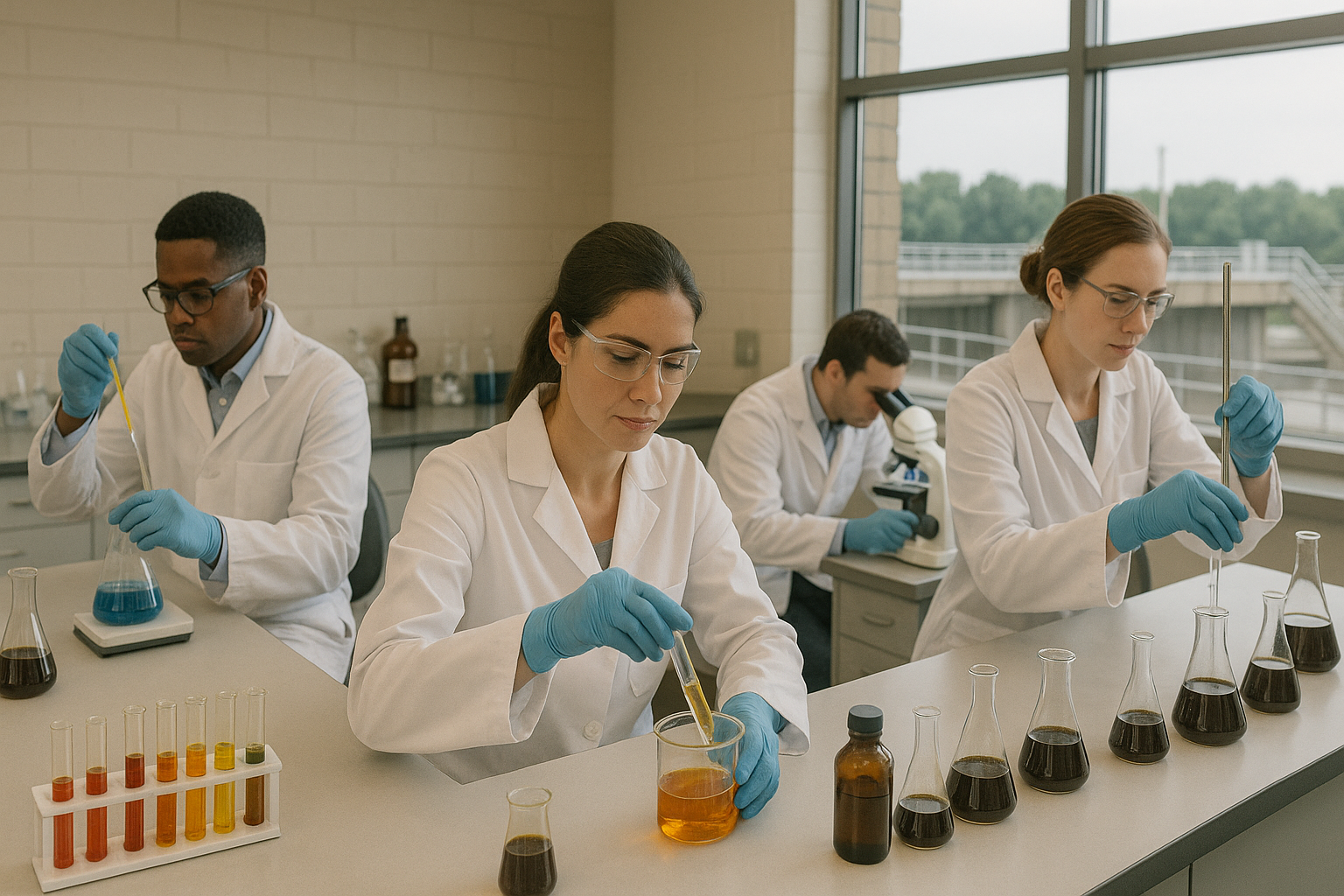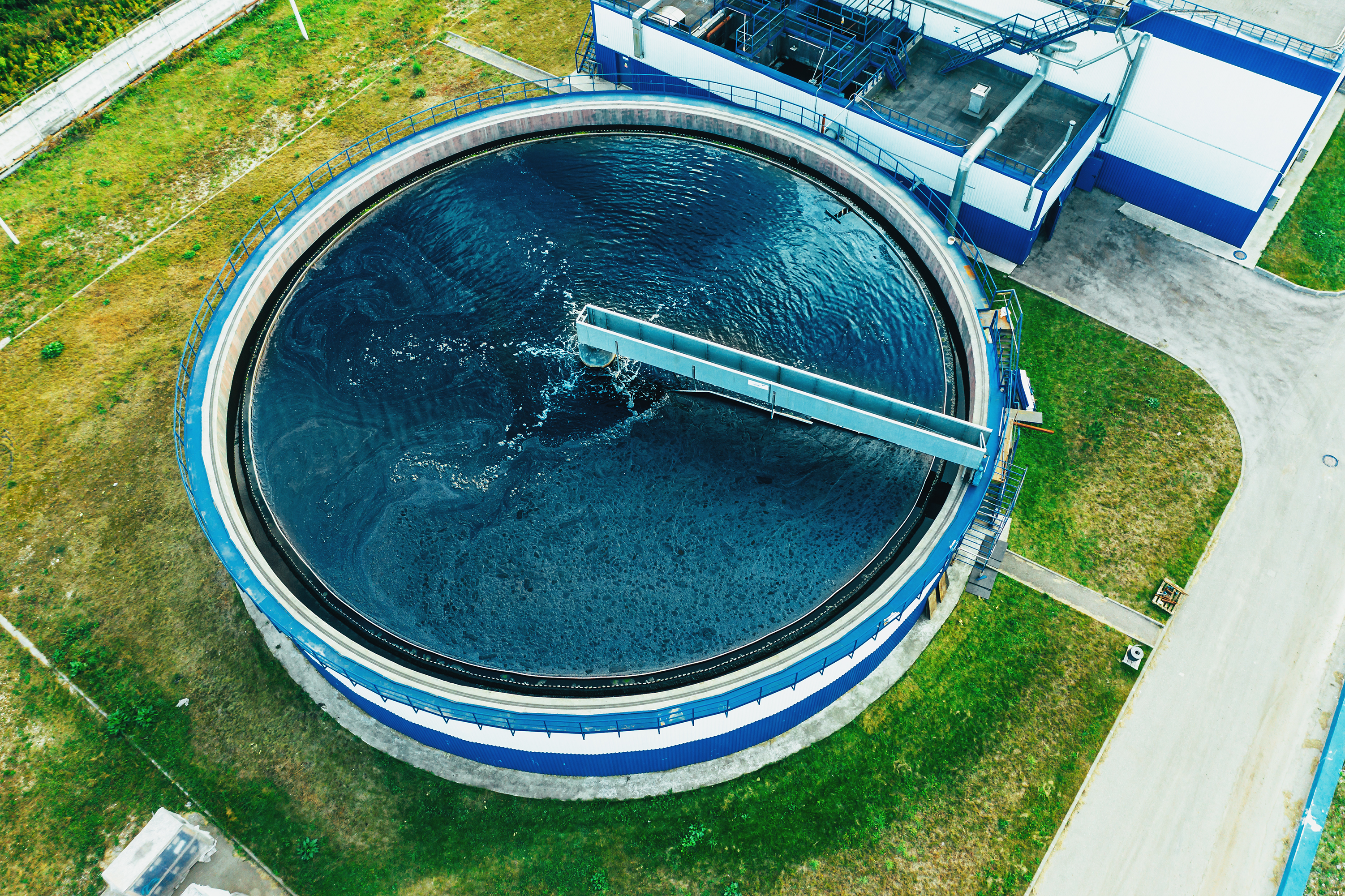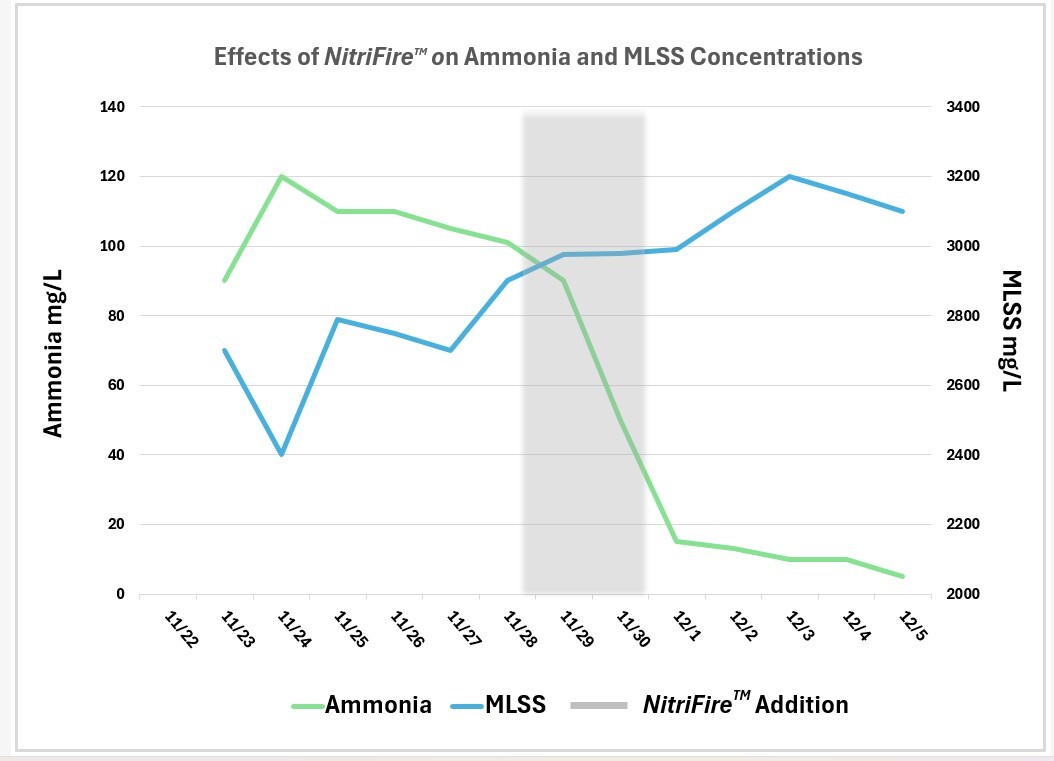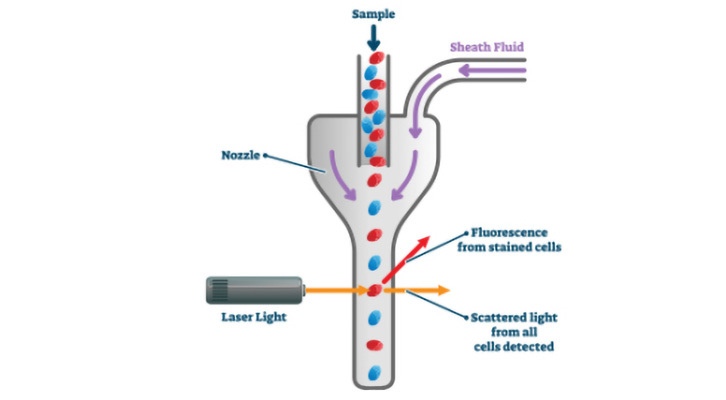Biological Growth Curve in Aerated Stabilization Basins
Bacteria are present throughout an aerated stabilization basin (ASB), though their form and concentration may differ in the different areas of the ASB. At the front end of the ASB, where the influent enters and there is the highest concentration of biochemical oxygen demand (BOD), bacterial concentrations are higher and bacteria are dispersed as they are busy consuming the BOD. At the back end of the system, where BOD is sparse, bacteria form floc and settle out. The bacterial growth curve, as seen in Figure 1, characterizes the different growth stages of bacteria in relation to the amount of food (BOD) available.
 bbbbbbbbbbbbbbbbbbbbbbbbbbbbbbbFigure 1: The Bacterial Growth Curve
bbbbbbbbbbbbbbbbbbbbbbbbbbbbbbbFigure 1: The Bacterial Growth Curve
The growth rate of the bacteria in the ASB is directly proportional to the amount of BOD available. Figure 1 shows the growth rate of the bacteria over time. The blue curve represents the amount of BOD available for consumption. The red curve represents the amount of bacterial mass in the bulk water. There are four distinct phases of bacterial growth: lag phase, log phase, declining growth phase and endogenous respiration phase.






